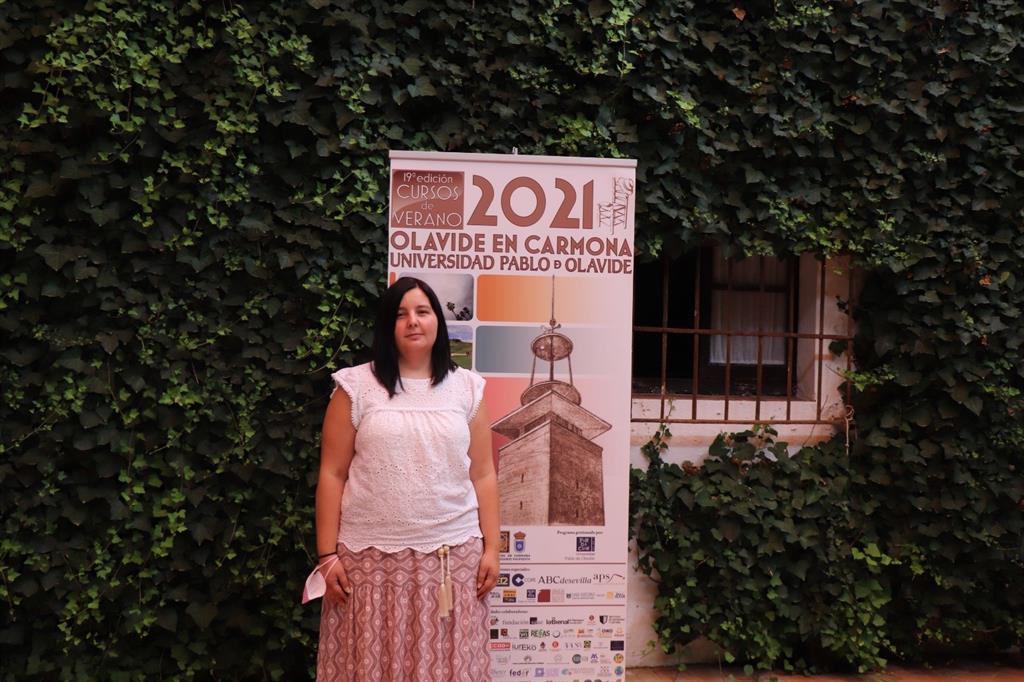CARMONA (SEVILLA), 1 Jul. (EUROPA PRESS) –
The Magister in Art, Museums and Management of Historical Heritage at the Pablo de Olavide University (UPO) Lidia Beltrán has addressed the importance of Baroque in the city of Seville and has underlined that “Baroque is not only art, it is culture and customs, it is related to all aspects of life, and today it is still maintained, you just have to see Holy Week “.
This was indicated during the first day of the seminar ‘The arts in the kingdom of Seville during the Baroque. Due to its centralities and peripheries’, within the programming of the summer courses of the Pablo de Olavide University in Carmona.
Lidia Beltrán has been in charge of developing the presentation ‘The artistic circle: artists, workshops and clientele in Seville in the Murillo era’.
The exhibition has focused on Murillo’s artistic circle, using the artist as “the main influence and impulse” and Beltrán has chosen this figure because he is doing his doctoral thesis on Cornelis Schut, “a painter highly influenced by the figure of Murillo, as the most outstanding painter of this time “.
The speaker highlighted the importance of managing artistic heritage, especially “to value it, since it can be a cultural engine”. He has specified that “we should bet on long-term artistic heritage, that it is not a one-year cultural project, such as an anniversary.”
Along these lines, Beltrán has pointed out that artistic heritage “must be a continuous enhancement, one more engine of the economy within the country”, and has highlighted that “precisely, Spain has a large number of monuments and buildings, so it would be a very rich bet. “
He also stressed the importance of the concern for the conservation of heritage and its promotion “does not remain in the circles of the University, of research, that only a few really manage, but that it reaches more people.”
Questioned by the presence of the History of Art in education from an early age, the magister has stressed that, in her opinion, “one of the pending subjects is to reach students so that they know and value heritage”.
In this sense, he pointed out that the introduction of this knowledge among the little ones “should not focus on them knowing which cathedral is in Paris, but rather start with what they have in their towns or cities.”
He stressed that “they have to know that heritage is not only great buildings or great works of art, it is also any monument at the local level.” “It is necessary to create a sensitivity in the face of the most unknown heritage at an early age, so that greater awareness and respect is developed,” he concluded.
–


